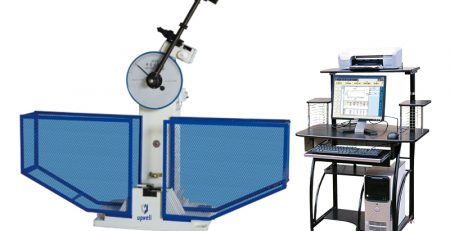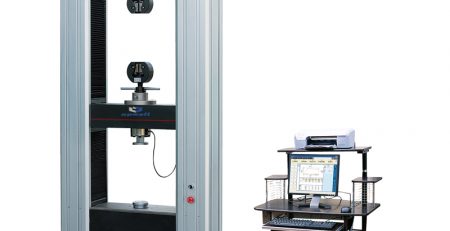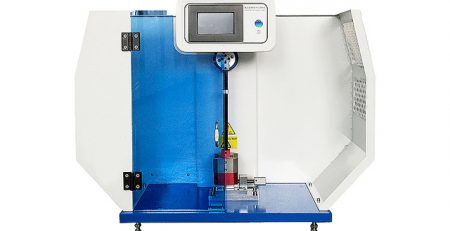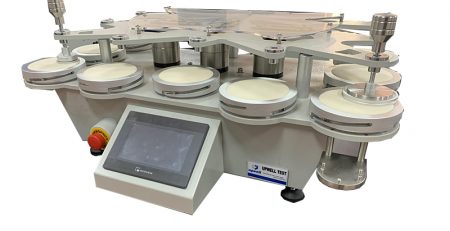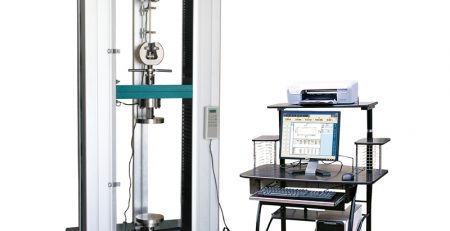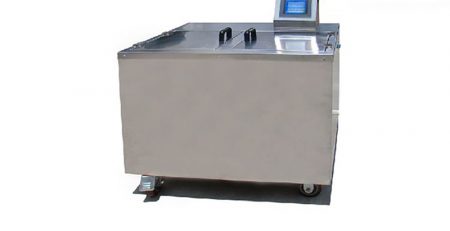Electrostatic discharge simulator, also called electrostatic discharge generator or ESD simulator. The electrical model of the ESD discharge source is very simple, but it is a very complicated task to produce an electrostatic simulator that can not only reflect the main characteristics of the real ESD process, but also have high discharge repeatability. General electrostatic discharge simulators use lumped parameter circuits to achieve their functions. However, ESD itself is a transient process involving high frequency components over 1 GHz. Therefore, the arrangement of lumped devices in the simulator, parasitic parameters, as well as the geometric size and shape of the ground wire and the discharge resistor will have a serious impact on the discharge waveform. In addition, there are electrostatic high-voltage generators and low-voltage circuits for control and measurement in the electrostatic discharge simulator. Therefore, in order to ensure that the discharge current waveform meets certain requirements, when designing and producing electrostatic discharge simulators, we must first solve the problem of its own electromagnetic compatibility issues.
When using electrostatic discharge simulators to test ES sensitive devices and systems, what kind of discharge form is used has always been a controversial issue. In general, the discharge methods used in electrostatic discharge simulators can be divided into two types, namely air discharge form (also known as non-contact discharge) and contact discharge method (also known as current injection method)
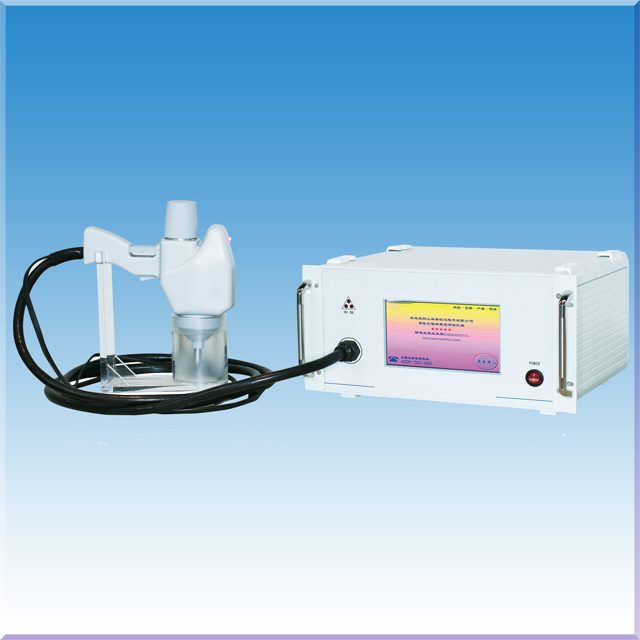
EN/IEC61000-4-2,ISO10605 EMC ESD Simulator
- Air discharge method
When testing the object under test with an electrostatic discharge simulator, make the discharge electrode of the simulator gradually approach the object under test, until a spark breakdown channel is formed between the electrode and the object under test, causing the discharge to occur. The air discharge method is characterized by discharge. It is triggered by the breakdown of the external air to form a spark channel, so an internal high voltage relay is not required to trigger the discharge when designing the ESD simulator. In addition, in order to reduce the corona effect of the electrode when this discharge method is adopted, the top end of the discharge electrode is generally made into a spherical shape.
Originally, the air discharge method was considered to be the best method for electrostatic testing. However, the most critical issue during electrostatic testing is process repeatability. A test with no or poor repeatability is unreliable, or even meaningless. With the in-depth research on ESD process and its simulation and testing technology, people gradually find that the use of air discharge as the main ESD testing method has a fatal weakness, that is, the discharge repeatability is extremely poor. Since the air discharge method involves the formation of the external spark channel, factors such as temperature, humidity, and the speed of the simulator discharge electrode approaching the object to be measured will cause significant changes in the discharge process. Experiments show that with the change of the speed of the discharge electrode approaching the object to be measured, the rise time of the discharge current can vary from less than 1 μs to more than 20ns, and a constant current rise time cannot be obtained when the approach speed is kept constant. Under a certain combination of voltage and speed, the fluctuation of the discharge rise time of the simulator can still reach more than 30%. In order to obtain a constant discharge current rise time, some people propose to use a fixed distance between the discharge electrode and the object to be measured, and gradually increase the potential of the discharge electrode to induce ESD. In this way, the rise time of the discharge current can obviously be stabilized, but the rise time obtained is much longer than the rise time of the discharge current in the actual ESD process. Therefore, although this method can obtain better discharge repeatability, it cannot reflect the high-frequency components contained in the real electrostatic discharge process. For the above reasons, the air discharge method is gradually being replaced by a new method called the contact discharge method.
- Contact discharge method
The so-called contact discharge method means that before the discharge, the discharge electrode of the electrostatic discharge simulator is kept in close metal contact with the sensitive part of the measured object, and then the electrostatic discharge is triggered by the high-voltage relay inside the simulator. The biggest difference between the contact discharge method and the air discharge method is that the internal high-voltage relay triggering device is used to replace the air breakdown process that is difficult to control in the air discharge method. The repeatability of its discharge is very good, and it can also reflect the main characteristics of the actual ESD process.
More detail please freely to contact us info@upwelltest.com or WWW.UPWELLTEST.COM

